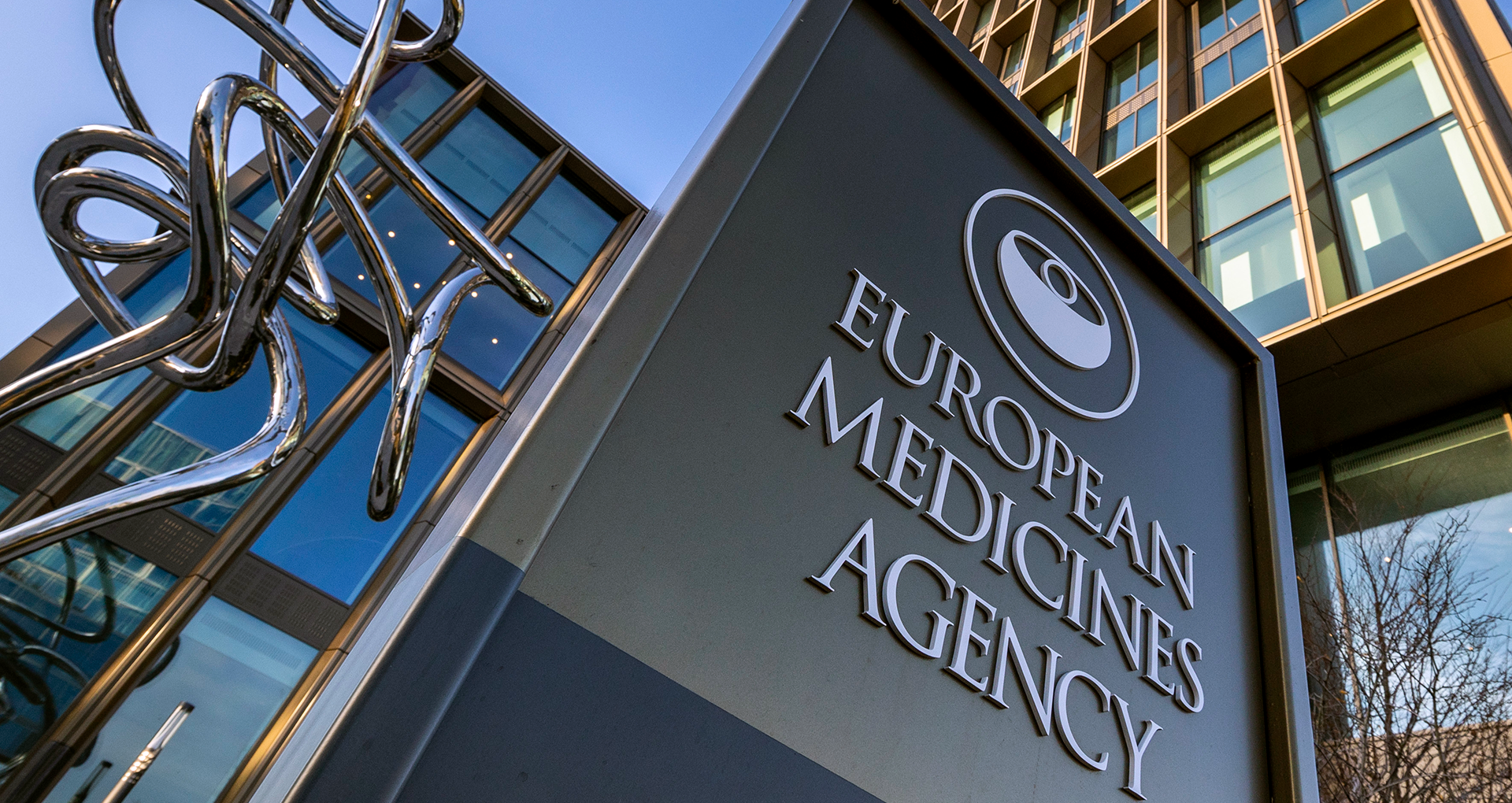European Medicines Agency (EMA) – Regulation and influence on the pharmaceutical industry

Content
- What is the European Medicines Agency (EMA)?
- The main tasks of the EMA in the pharmaceutical sector
- The importance of the EMA for pharmaceutical companies and market access
- Challenges and opportunities presented by EMA regulation
- Conclusion: The role of the EMA in pharmaceutical marketing and market access
What is the European Medicines Agency (EMA)?
The European Medicines Agency (EMA) is the central regulatory authority for medicinal products within the European Union (EU). It was founded in 1995 and is based in Amsterdam. Its main objective is to ensure the quality, efficacy and safety of medicinal products for human and veterinary use in the EU. Companies in the pharmaceutical and healthcare sector must have their medicines tested by the EMA if they are seeking centralized marketing authorization for all EU member states. The agency works closely with national medicines authorities and international organizations such as the World Health Organization (WHO).
The EMA uses a scientifically sound assessment procedure to ensure that medicines meet the highest regulatory standards. It also supports innovation in pharmaceutical research, particularly in areas such as rare diseases, biopharmaceuticals and personalized medicine.
The main tasks of the EMA in the pharmaceutical sector
The EMA has a multi-faceted role within the pharmaceutical industry. Its main tasks include:
- Marketing authorization procedures: The EMA evaluates new medicinal products as part of the centralized marketing authorization procedure. Following a positive assessment by the Committee for Medicinal Products for Human Use (CHMP), the marketing authorization is granted by the EU Commission and is valid for all member states.
- Pharmacovigilance and safety assessments: The EMA continuously monitors the safety of authorized medicinal products, analyzes adverse reaction reports and can initiate risk management measures if necessary.
- Support for drug development: For innovative medicines in particular, the EMA provides regulatory advice, for example in the context of Scientific Advice Meetings.
- Promoting transparency: The EMA makes clinical trial data publicly available in order to strengthen research and trust in medicinal products.
The importance of the EMA for pharmaceutical companies and market access
For pharmaceutical companies, the EMA is an essential partner when it comes to market authorization and long-term drug safety. Market access is crucial for the commercial success of new therapies, especially for highly specialized drugs such as orphan drugs or innovative biopharmaceuticals.
Regulatory requirements from the EMA influence not only clinical development programs, but also pricing and reimbursement strategies. Many pharmaceutical companies involve regulatory experts at an early stage in order to incorporate the EMA’s requirements into their strategic planning. Successful market entry strategies include:
- Early coordination with the EMA through regulatory consultation
- Proactive pharmacovigilance and risk management plans
- Transparent communication of study data and benefit assessments
Challenges and opportunities presented by EMA regulation
Working with the EMA can be challenging for pharmaceutical companies, but it also brings many opportunities. Strict requirements for clinical trials and safety assessments often mean high costs and long development times. At the same time, companies benefit from a standardized approval procedure that facilitates access to more than 400 million potential patients within the EU.
New technologies such as gene therapies or mRNA-based medicines pose particular challenges. Here, the EMA works with specialized committees to develop regulatory guidelines. Companies that adapt to these requirements at an early stage have a decisive competitive advantage.
Conclusion: The role of the EMA in pharmaceutical marketing and market access
The EMA is not only a regulatory authority, but also a strategic partner for pharmaceutical companies. Its requirements influence Pharma-Marketing, particularly with regard to product positioning, benefit communication and market access. Those who integrate the regulatory requirements into their marketing and market access strategies at an early stage can achieve a faster and more efficient launch of new drugs.
In addition, EMA-approved products are associated with a high level of trust among doctors, pharmacists and patients. This offers pharmaceutical companies the opportunity to align their brand strategy with the high scientific and regulatory standards of the EMA and thus secure their market presence in the long term.
